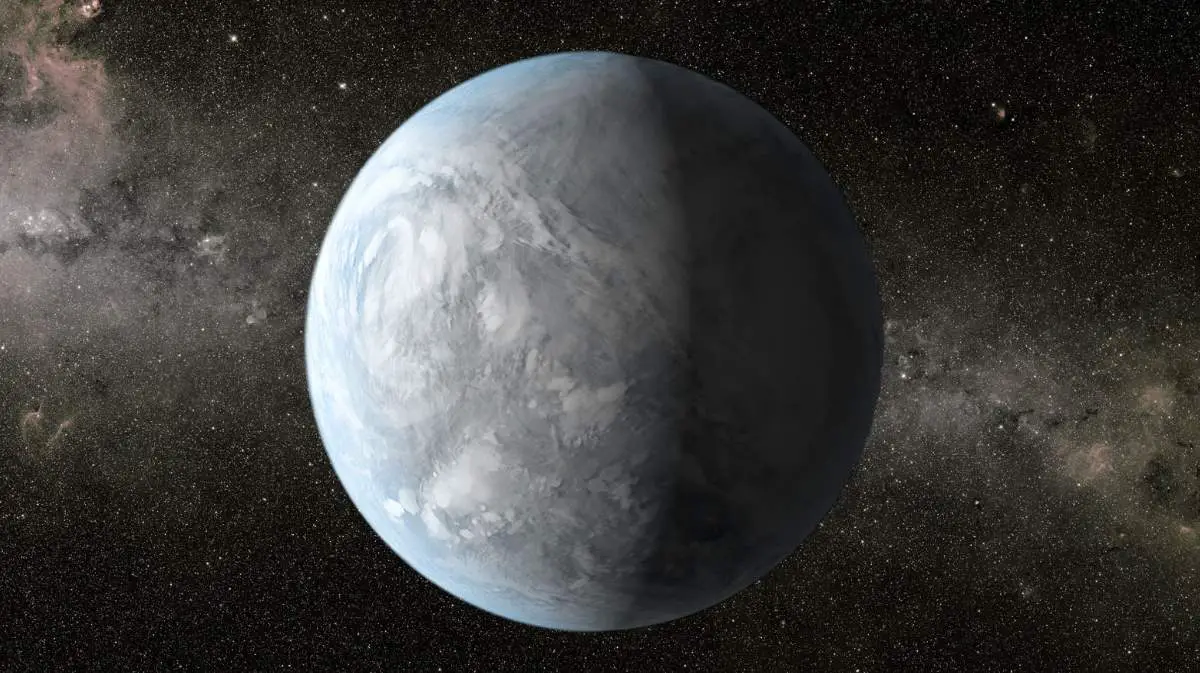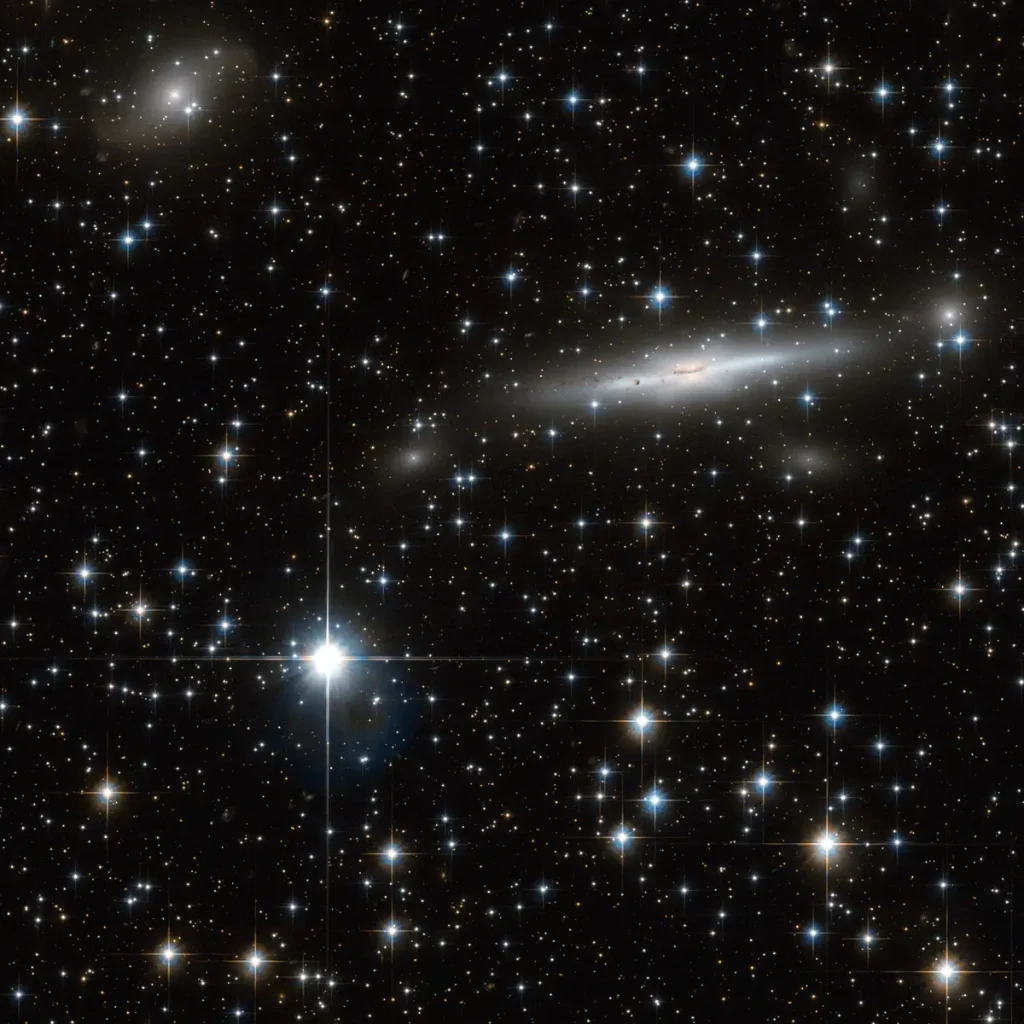According to a study, possible aliens living on distant “super-earth” planets are trapped on their planets and can’t perform spaceflight because of gravity.
What are super-earth planets?
Super-Earth planets are planets that are larger than Earth but smaller than Neptune, with masses between two and ten times that of Earth. They are a type of exoplanet that have been discovered orbiting other stars in our galaxy.

Aliens [if there are any] on Super-Earths may not perform spaceflight because of gravity
Super-Earths are believed by astronomers and astrophysicists to be capable of supporting alien life. So, the question arises if humans can create spacecraft and embark on interstellar voyages, then why can’t extraterrestrial beings do the same?
However, research indicates that super-Earths possess intense gravitational forces, which make it difficult for alien spacecraft to produce enough thrust to escape their home planet’s gravitational pull. In order to launch a mission comparable to the Apollo moon landing, a rocket on a super-Earth would need to be approximately 440,000 tonnes in mass due to fuel necessities.
The gravitational force on the surface of a super-Earth planet is likely to be much stronger than that on Earth. This is due to the fact that the mass of a planet is directly proportional to its gravitational force, so a planet that is more massive will have a stronger gravitational pull.
This stronger gravitational force could make it difficult for aliens to leave the planet, as it would require a much greater amount of energy and thrust to overcome the planet’s gravity. The higher escape velocity would make it difficult for spacecraft to achieve sufficient speed to escape the planet’s gravity well.
According to Michael Hippke, an independent researcher affiliated with Germany’s Sonneberg Observatory, “spaceflight would be exponentially more expensive” on planets with greater mass. This means that civilizations living on such planets would not have access to technologies like satellite TV, a moon landing, or the Hubble Space Telescope.
Hippke conducted a study to assess the difficulties of launching a spacecraft from a hypothetical super-Earth, specifically one that is 70% wider than Earth and 10 times more massive. This closely resembles Kepler-20b, a planet located roughly 950 light years away from Earth. On such a super-Earth, the escape velocity required to launch a spacecraft would be approximately 2.4 times greater than on Earth. On the surface of the Earth, the escape velocity is about 11.2 kilometers per second, which is approximately 33 times the speed of sound (Mach 33) and several times the muzzle velocity of a rifle bullet (up to 1.7 kilometers per second).
Additionally, the increased gravitational force could have other effects on the planet, such as increasing atmospheric pressure and making it more difficult for organisms to move around. This could make it more challenging for life to evolve complex forms, limiting the potential for technological advancement.
Overall, while it is certainly possible that aliens could exist on super-Earth planets, their larger size and stronger gravitational forces could make it more challenging for them to explore space beyond their own planet.
Sources
- No Way Out? Aliens on ‘Super-Earth’ Planets May Be Trapped by Gravity on Space.com
- Could space aliens on hefty super-Earths be trapped by their own gravity? on the NBC News website
- What if aliens can’t reach Earth because they’re trapped in their worlds? on the European Commission Community Research and Development Information Service (CORDIS)
- Study: Spaceflight from Super-Earths is difficult [arxiv.org]
- Space Shuttle Endeavour’s Touchdown Meets Columbia’s Salute [An amazing photo from the past] - February 29, 2024
- Moon Landings: All-Time List [1966-2024] - February 23, 2024
- From Orbit to Ordinary: 10 Earthly Applications of Space Technology - January 23, 2024

